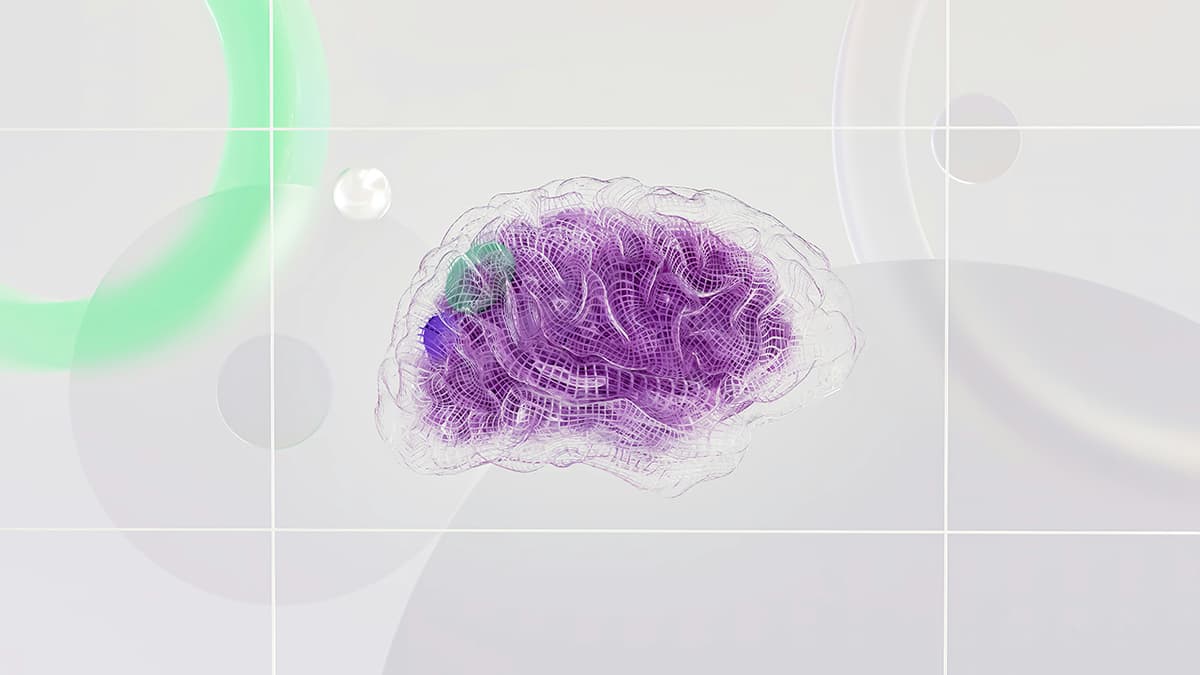What is a Markov Chain?
A Markov chain is a mathematical system that describes a sequence of possible events where the next event depends only on the current event, not on the sequence of events that preceded it. These systems are widely used in various fields such as computer science, economics, genetics, and many others for modeling stochastic processes, which are processes that involve randomness.
What Are the Key Characteristics of a Markov Chain?
A Markov chain is defined by a few key elements. First, it consists of a set of states, which are the various conditions or positions that the system can be in. Second, it involves transition probabilities, which specify the likelihood of moving from one state to another in a single step.
One of the defining features of a Markov chain is the Markov property. This property states that the future state depends only on the present state, not on any past states. In formal terms, the process is memoryless. This means that knowing the current state gives all the necessary information to predict the next step, simplifying the analysis considerably.
How Do Transition Probabilities Function?
Transition probabilities are usually organized into a matrix, known as the transition matrix. Each element of this matrix indicates the probability of transitioning from one state to another.
For example, consider a simple weather model with three states: sunny (S), cloudy (C), and rainy (R). The transition matrix could look like this:
$$ P = \begin{bmatrix} 0.6 & 0.3 & 0.1 \ 0.4 & 0.4 & 0.2 \ 0.2 & 0.5 & 0.3 \end{bmatrix} $$
Here:
- Row 1 corresponds to today being Sunny, with 60% chance it stays sunny, 30% chance it becomes cloudy, and 10% chance it becomes rainy tomorrow.
- Each row sums to 1, since they cover all possible next states.
A Mathematical Example
Suppose today is Sunny. We represent this with a state vector:
$$ v_0 = [1, 0, 0] $$
This means 100% probability it’s sunny now, 0% for cloudy, 0% for rainy.
To find the probabilities for tomorrow, we multiply:
$$ v_1 = v_0 P = [1, 0, 0] \cdot P = [0.6, 0.3, 0.1] $$
So tomorrow:
- 60% chance Sunny
- 30% chance Cloudy
- 10% chance Rainy
Now, what about two days from now? We apply the transition again:
$$ v_2 = v_1 P = [0.6, 0.3, 0.1] \cdot P = [0.44, 0.37, 0.19] $$
Interpretation:
- 44% Sunny
- 37% Cloudy
- 19% Rainy
This shows how probabilities evolve step by step. Over many steps, the distribution may converge to a steady state, where the probabilities stop changing.
Types of Markov Chains
Markov chains can be classified based on particular properties.
- Discrete-time Markov chains change states at fixed, discrete time steps.
- Continuous-time Markov chains allow state changes at any point in time.
Another classification involves whether the states are finite or infinite. Finite Markov chains have a limited number of states, while infinite Markov chains can model unbounded state spaces.
How Are Markov Chains Used?
- Computer Science: in randomized algorithms, Markov decision processes, and MCMC methods for Bayesian statistics.
- Economics & Finance: to model market trends and cycles.
- Biology & Genetics: for DNA sequence modeling.
- Language Processing: to predict text or speech sequences.
Advantages and Limitations
Advantages
- Simplicity: the memoryless property reduces complexity.
- Broad applicability across disciplines.
Limitations
- The assumption of “no history” isn’t always realistic.
- Real systems may depend on longer-term dependencies.
Markov chains are powerful tools for modeling processes where the future depends only on the present. By using transition matrices and state vectors, you can compute probabilities step by step—like predicting future weather conditions in the example above.












